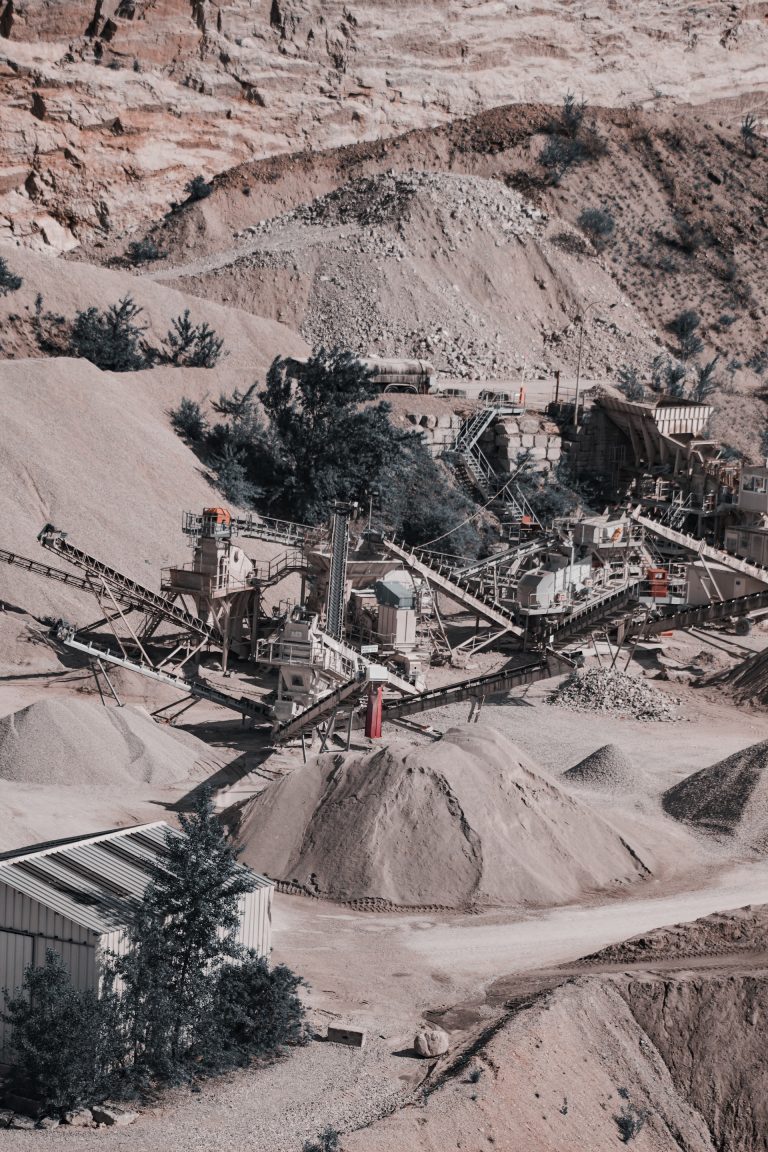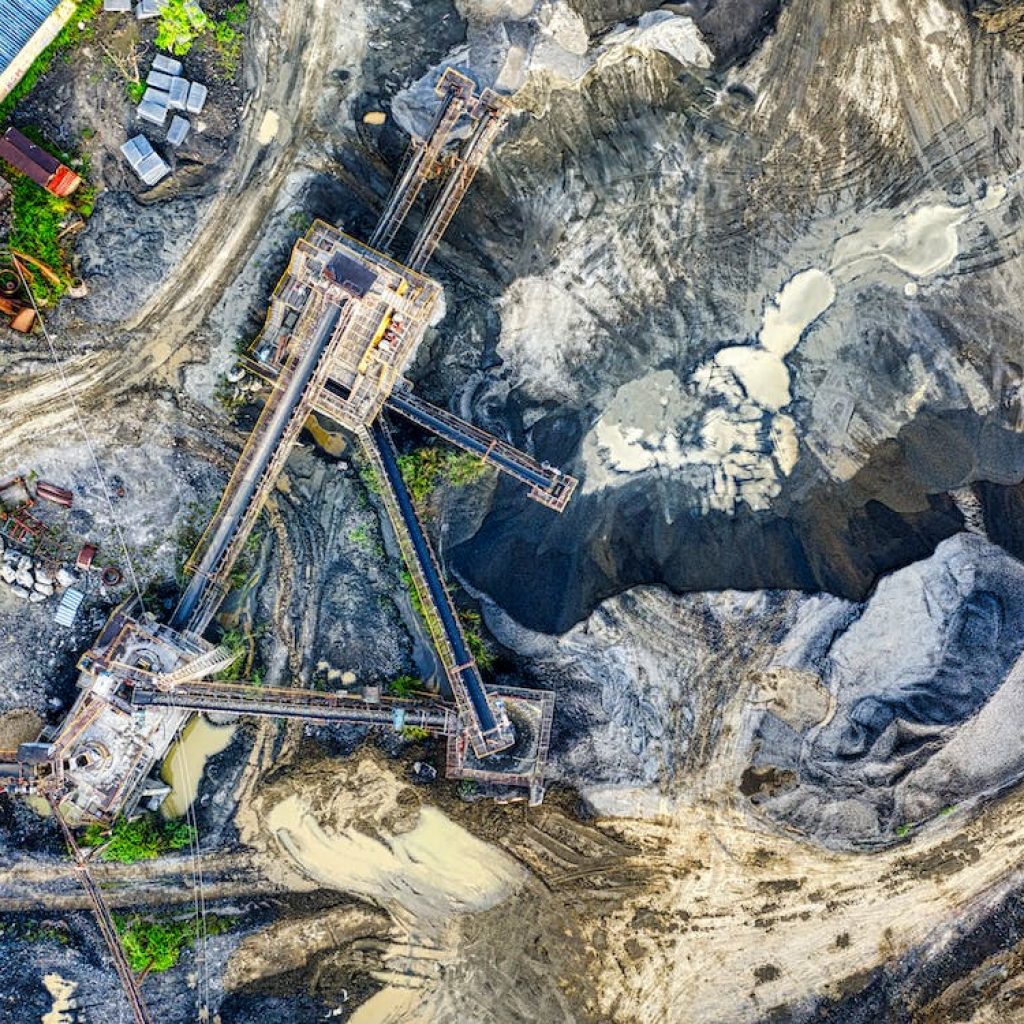MINING
PROMPT IMPEX
Global Mining Operations
As a Canadian company specializing in global mining, we bring years of experience and expertise to the table. Our team is composed of skilled professionals with a deep understanding of the mining industry, from exploration and development to production and reclamation.
We have a proven track record of delivering results for our clients, having successfully managed complex mining projects across the globe. We understand the importance of efficiency and profitability in the mining industry, and we work closely with our clients to develop solutions that maximize output while minimizing costs.
We are committed to transparency and accountability in all our operations, and we understand the importance of building strong relationships with local stakeholders and regulators. Our approach is collaborative, working closely with our clients to develop tailored solutions that meet their specific needs and objectives.
Mining can be a challenging and complex industry, but we have the expertise and experience to help our clients navigate the complexities and achieve success. Whether you are looking to explore new opportunities or optimize your existing operations, we are the partner you can trust to deliver results.


Our Mining Approaches and Techniques
We have seen many different types, classes, and forms of mining that we have found success with. Overall, it would be safe to say that these can be broadly categorized into two types: surface mining and underground mining. Surface mining includes open-pit mining, quarrying, strip mining, and mountaintop removal, while underground mining includes room and pillar mining, longwall mining, and block caving.
Open-pit mining involves removing large amounts of rock and soil to extract minerals near the surface. This method is often used for extracting minerals such as copper, gold, and iron ore.
Quarrying is a type of surface mining used to extract minerals and construction materials such as limestone and granite. This method is typically used when the material being mined is close to the surface and is not very deep.
Strip mining is similar to open-pit mining, but instead of removing a whole mountain, only a strip of land is removed to extract the minerals. This method is often used for extracting coal and other minerals.
Mountaintop removal is a form of strip mining used to extract coal and other minerals from mountaintops. It involves removing the top of a mountain to expose the coal seams, and then using heavy machinery to extract the coal.
Room and pillar mining is a type of underground mining used for extracting coal and other minerals. This method involves creating a grid of tunnels and leaving behind “pillars” of coal to support the roof.
Longwall mining is another type of underground mining used for extracting coal and other minerals. This method involves using a machine called a shearer to remove long strips of coal from the walls of a tunnel.
Block caving is a type of underground mining used for extracting minerals such as copper and gold. This method involves creating an artificial cave underground and allowing the mineral to fall into a collection area at the bottom of the cave.
Overall, modern industrial mining techniques have come a long way in terms of safety, efficiency, and sustainability. However, it is important to carefully consider the environmental and social impacts of mining activities and strive to minimize these impacts through responsible mining practices.
Quick Facts
By 2030, the yearly expected demand for lithium in just the USA alone is expected to be $55 billion.
Lithium hit a high price of $75,000 in 2022 and looks to continue to grow
Lithium demand is expected to rise from 500,000 tonnes of lithium carbonate equivalent (LCE) in 2021 to somewhere between three million and four million tonnes in 2030. This conventional lithium supply is expected to grow by over 300% between 2021 and 2030.
Consider the following 10 reasons why mining is an excellent business opportunity:
1. Mining provides essential resources for modern life, which translates into profitable business opportunities for mining companies and their shareholders.
2. Successful mining operations generate significant revenue and profits, providing shareholders with a strong return on their investment.
3. Mining contributes to economic development and job creation, creating opportunities for mining companies to tap into new markets and generate additional revenue streams.
4. Innovations in mining technology and practices can improve efficiency and reduce costs, resulting in increased profitability for mining companies and their shareholders.
5. Mining companies that invest in infrastructure development can benefit from improved access to resources and markets, leading to greater profitability.
6. As mining operations expand, they can create opportunities for diversification and expansion into related industries, creating additional revenue streams for shareholders.
7. Mining companies that adopt responsible and sustainable practices can improve their reputation and enhance their appeal to investors, ultimately leading to increased profitability.
8. As demand for essential minerals and metals continues to grow, mining companies are well-positioned to capitalize on new business opportunities and generate significant profits for their shareholders.
9. The mining industry is constantly evolving, with new technologies and practices creating opportunities for mining companies to remain competitive and profitable in a dynamic global marketplace.
10. As mining operations become more efficient and profitable, they can generate additional value for shareholders through dividend payments and share buybacks.
Learn More By Contacting Us
Global opportunities await

